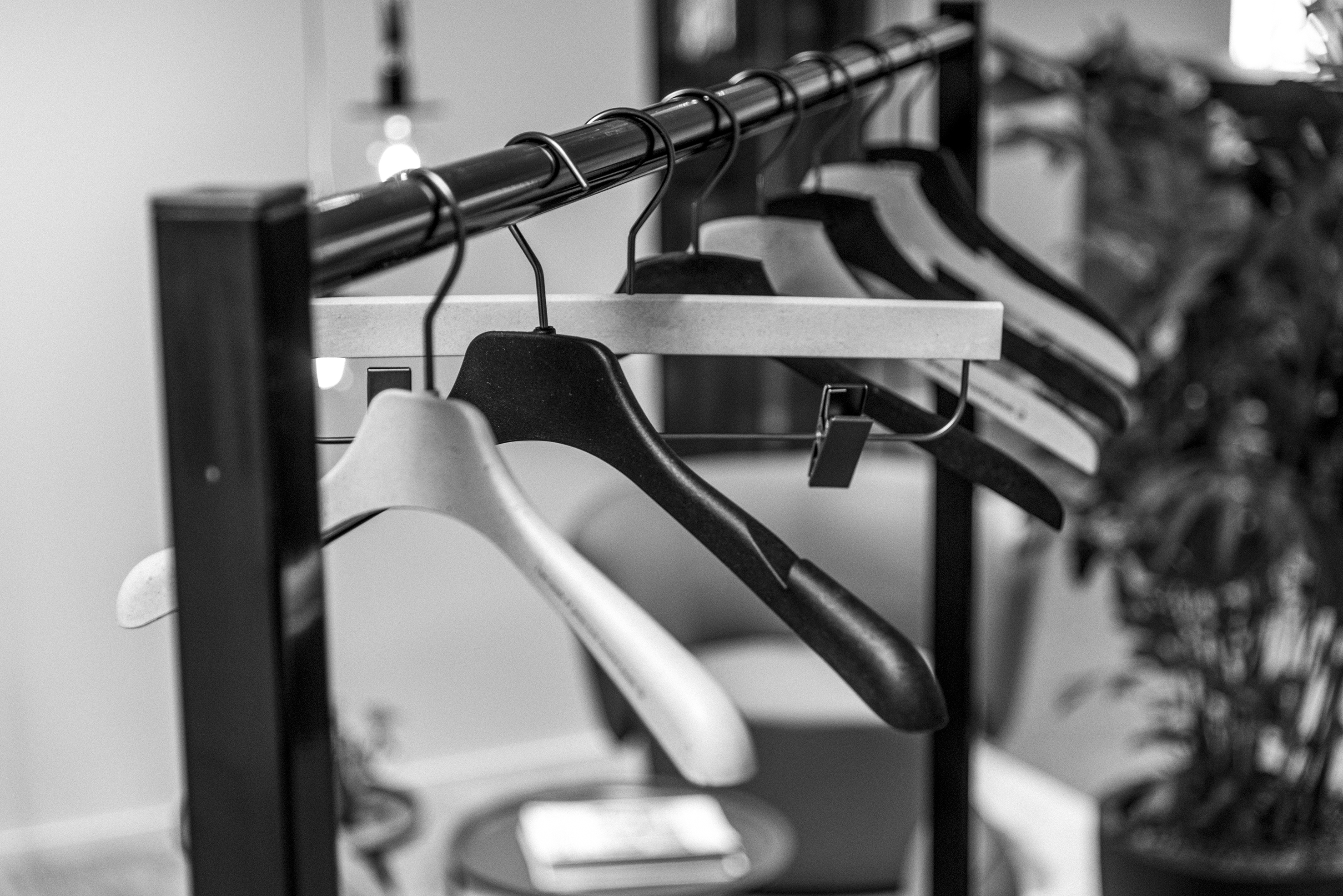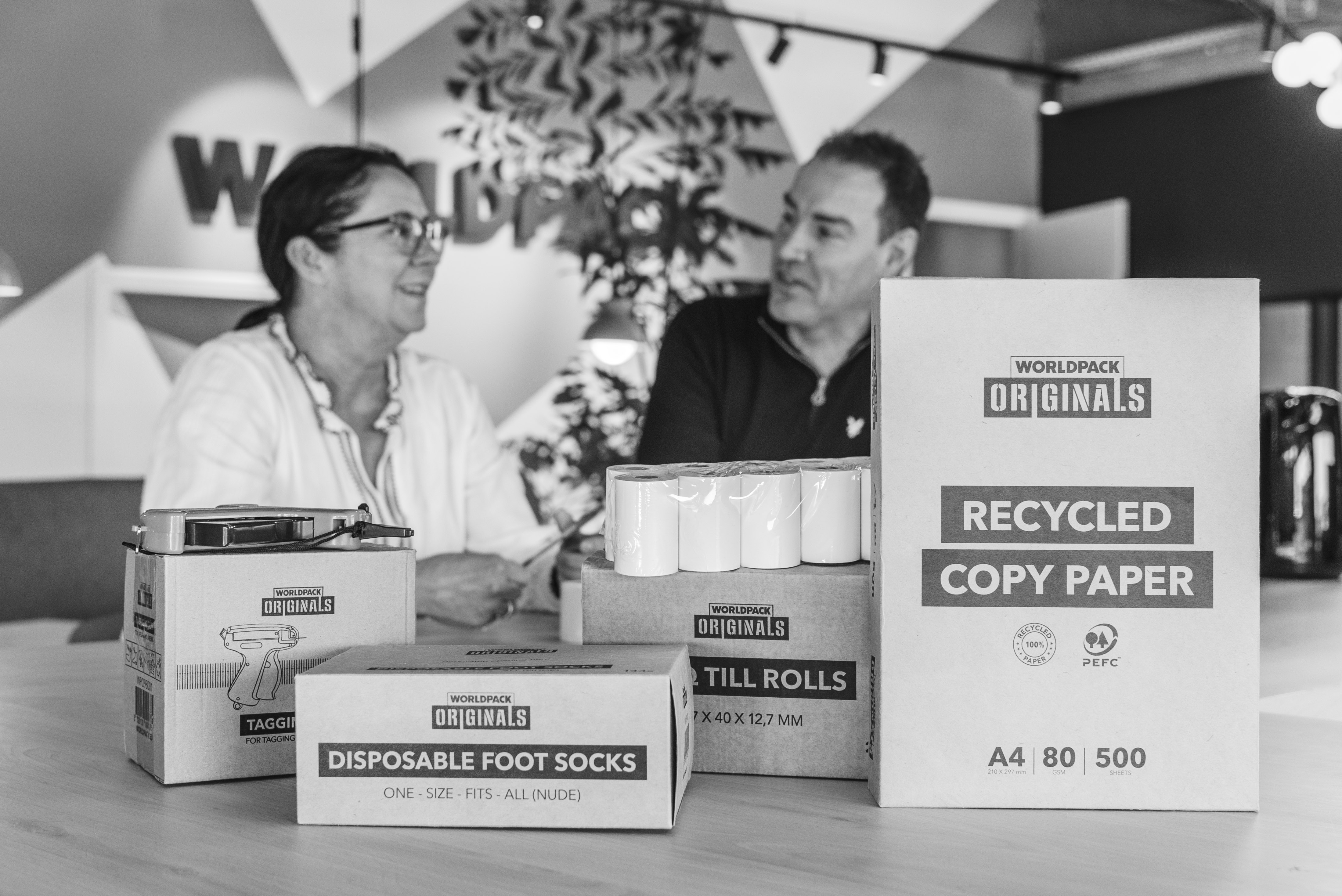In-store experience is key
Despite the decline in the Retail Index, in-store spending has increased – bucking the trend and giving hope to retailers that the in-store experience is thriving.
It also poses the question: “Is in-store experience the key to getting through the cost-of-living crisis?” Retail is competing with hospitality and leisure for an ever-shrinking amount of disposable income. An experience that replicates what they might experience at a restaurant or a cinema, added with a purchase has a lot of pulling power.
Brands that are managing to win consumer minds, and spending, are blending their omnichannel approach with a mix of online, in-store and experiences to buck the trend of declining sales.
Shopping centre owner Unibail-Rodamco-Westfield’s 2020 How We Shop: The Next Decade report, revealed that 60% of consumers across Europe including France, the UK, Spain, Germany, Austria, Sweden, Poland, the Czech Republic, Italy and the Netherlands are expecting retail spaces to have half their store dedicated to experiences rather than products.
One curious example of in-store experience leading sales is Irish clothing retailer, Primark.
It has continued to invest in its in-store experience, launching a flagship store in Birmingham in 2019 and rapid expansion heading to France during 2023 with seven new outlets planned.
It has also invested heavily in its digital footprint across Europe, despite the fact that customers are still unable to purchase items online. They can, however, browse a large range of items and check local stock levels, providing Primark with its own unique take on the omnichannel blend that prioritises the in-store experience and drives customers towards it.
And it’s working. Primark has just listed sales for the first quarter of 2023 that are up by 13%. The retailer has recently launched in Bratislava – an impressive feat considering the challenges the economy is facing.
And in Denmark, shoe retailer, Ecco, that has long been experimenting with in-store experiences at its flagship stores, has seen its sales grow thanks to a blended approach of in-store experience and seamless omnichannel approach.
We’ve written previously about the importance of in-store experience when it’s blended with a unified omnichannel approach – customers spend more when they visit.
Experience is everything in retail environments in 2023.
Keeping customers loyal
Loyalty schemes have been the cherry on the cake for retailers embracing omnichannel in recent years. Providing the opportunity to give customers tailor-made offers thanks to rich data capture, loyalty schemes have helped retailers to gain granular detail on the way consumers shop and what they want to see, in-turn increasing sales.
“Loyalty schemes present a proven way for retailers to support their customers throughout their lifetimes, converting one-time shoppers into lifelong brand supporters through the power of data and personalised experience,” says Zsuzsa Kecsmar, Co-Founder and Chief Strategy Officer, Antavo Enterprise Loyalty Cloud.
But the challenge for retailers in 2023 is to remain profitable while continuing to nurture customers. It’s a fine balancing act during a cost-of-living crisis when loyalty schemes dip into profit margins.
Swedish clothing brand, Odd Molly, has a tiered system for rewarding customers – the more they spend, the more they get back from the company. This represents a mutual give and take that other retailers could benefit from during tricky financial times. In 2023, Odd Molly posted sales of SEK 95 million compared to SEK 50 million in 2022.
But it’s also important to continue to find ways to reward customers outside of the buying cycle – otherwise loyalty can start to wane. Europe is currently ahead of the global average when it comes to rewarding customers in this way, but it will be a thin line for many retailers to continue.
We wrote recently about Finnish natural beauty and health products retailer, Ruohonjuuri, that has been taking this approach but using the rewards to drive new customers their way – through rewards for social media sharing and online product reviews.
Taking a circular approach to rewards can help you to mitigate any loss – keeping existing customers loyal and enticing new customers to join.
During difficult economic times, retailers face challenges to keep customers coming back. With careful consideration to your customers desires, it’s possible to weather the storm to calmer waters.
We’re ready to help you bring your store experience to life. Speak to our team on +31 (0) 88 494 20 80 or email us at online@worldpack.eu


